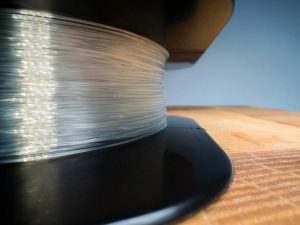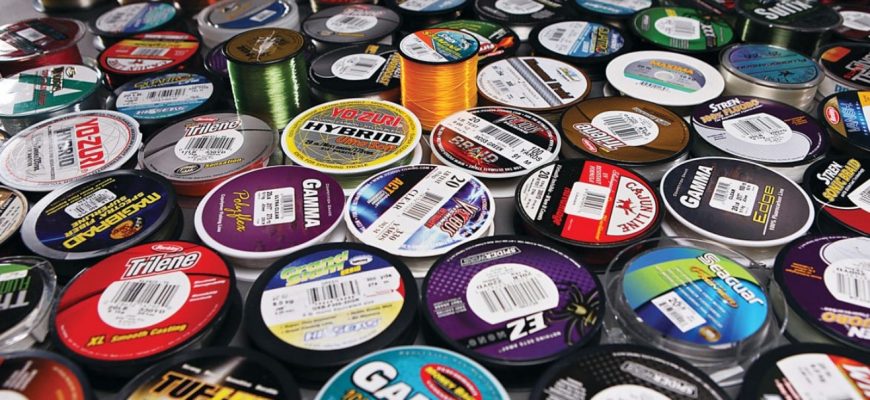Fishing lines are one of the most important pieces of gear for any angler. The right fishing line can make all the difference between a successful day on the water and a frustrating one. There are many different types of fishing lines available, each with their own set of advantages and disadvantages. In this article, we will explore the various types of fishing lines, their benefits and drawbacks, and how to choose the right one for your fishing needs.
Monofilament Fishing Line
Monofilament fishing line is the most commonly used type of fishing line. It is made of a single strand of nylon and is easy to handle and cast. Monofilament fishing line is also versatile and can be used in a variety of fishing applications. The benefits of monofilament fishing line include its low visibility in the water, which can be advantageous in clear water conditions. Additionally, it has a certain degree of stretch, which can help absorb the shock of a fish strike and reduce the chances of the line breaking. However, the stretch of monofilament fishing line can also make it more difficult to detect bites, especially in deep water or when using lighter lures.
Fluorocarbon Fishing Line
Fluorocarbon fishing line is a newer type of fishing line that has gained popularity in recent years. It is made of a single strand of fluorocarbon, which is more dense than water and therefore sinks quickly. This can be beneficial when fishing in deeper water or when using heavier lures. Additionally, fluorocarbon fishing line is nearly invisible in the water, making it a good choice for clear water conditions. However, fluorocarbon fishing line is also more expensive than monofilament fishing line, and it has less stretch, which can make it more difficult to handle when casting or fighting a fish.

Braided Fishing Line
Braided fishing line is made of multiple strands of synthetic fibers, typically nylon, woven together to create a strong, durable line. Braided fishing line has several advantages over monofilament and fluorocarbon fishing line. It is much stronger, thinner, and more sensitive than other types of fishing lines, making it ideal for fishing in deep water or when targeting larger fish. Additionally, it has no stretch, which allows for better sensitivity and faster hook sets. However, braided fishing line is also more visible in the water, which can be a disadvantage in clear water conditions. It can also be more difficult to handle, as it is stiffer than monofilament or fluorocarbon fishing line.
Wire Fishing Line
Wire fishing line is made of stainless steel or other metals and is typically used for targeting large fish species, such as musky or pike. Wire fishing line is extremely strong and durable, but it is also more visible in the water and can be more difficult to handle and cast than other types of fishing lines. Additionally, wire fishing line has no stretch, which can make it more difficult to fight a fish and can increase the chances of the line breaking.
In conclusion, choosing the right fishing line depends on a variety of factors, including the type
of fish you are targeting, the water conditions, and your personal preferences. Monofilament fishing line is a good all-around choice, while fluorocarbon fishing line is ideal for clear water conditions. Braided fishing line is strong and sensitive, but can be more visible in the water. Wire fishing line is extremely strong, but also more difficult to handle and cast. Consider the pros and cons of each type of fishing line before making your decision, and always be prepared with a backup line in case of a break or tangle.
